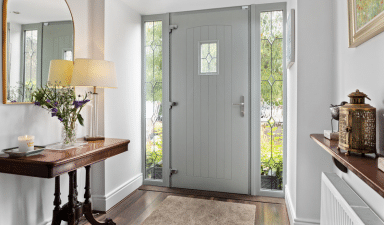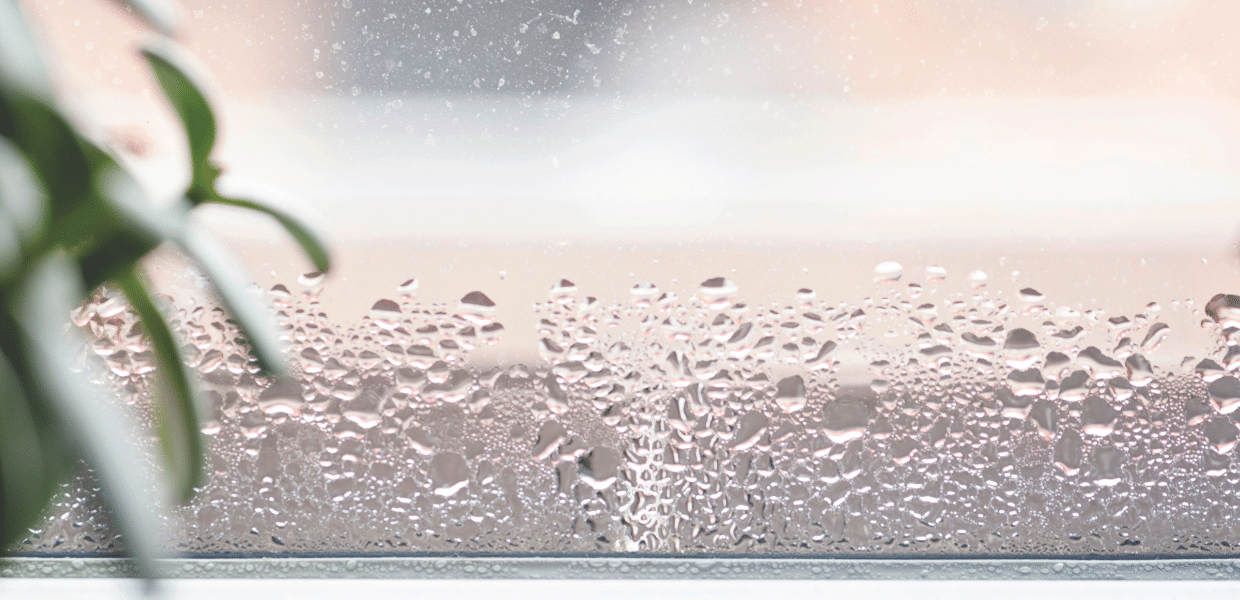Top Tips
Condensation: the facts
Condensation: the facts
You may experience condensation on the outside pane – don’t be alarmed! This demonstrates that your new double or triple glazed windows are working correctly. By acting as a heat barrier and providing an inner pane which is considerably warmer than the outer pane, the likelihood of the formation of condensation on the inner pane is reduced.
• Water vapour from kitchens, bathrooms, gas or paraffin heaters and even indoor plants can contribute to condensation.
• In older buildings, low indoor temperature and badly positioned radiators can cause problems.
• Modern draught-free insulated buildings don’t have the same natural ventilation and air circulation of older houses.
- Condensation on the room side of the glass: the glass surface is too cold given the water vapour content of the room. Increasing the temperature or opening a window should help.
- Condensation in the cavity of a sealed glass unit, in other words, condensation between the panes of glass, means the seal has broken. If you are a Global customer and experiencing this, please contact Global Customer Services on Freephone 1800 31 31 32 or complete the form here.
Surface condensation will appear on the outside of insulated glazing if the temperature on this face of the glazing is significantly lower than the external air temperature and if the temperature of the glass is lower than the dew point (the temperature at which water vapour becomes liquid) of the external air.
The surface temperature on the outside of the glazing is dependent on:
- The heat flow from the interior passing through the glazing. This depends on the difference in temperature between the internal surface and external surface of the glazing and the energy efficiency of the glass unit.
- The exchange, by convection, with the external air.
- Heat loss by radiation mainly to the sky. Various studies and measurements carried out show heat exchange by radiation is relatively limited in overcast weather. However when the sky is clear at night there are significant heat losses to the sky.
- Avoid drying wet clothes inside if possible.
- Ensure all rooms are vented.
- Position radiators under windows and keep curtains at least 15-20cm clear of glass for free movement of air.
- Open windows for a few minutes each day to permit air changes.
- After a bath or shower, close the internal door and open a window for a few minutes.
- When cooking, close the internal door and open a window if possible.
- Install extraction fans in kitchens or bathrooms if you have persistent problems.
- In conservatories, trickle ventilation in the wall, eaves and ridge zone can help.
In conclusion
In conclusion
In conclusion, surface condensation on the outside of the glazing is a phenomenon that is occasionally seen at night or early morning on well insulated units. It is important to understand that this does not represent a fault in the quality of the insulated unit, quite the contrary, it is proof of the superior performance of these units over older less efficient ones. It is not possible to predict where or how often it might occur. It will depend on a number of the previously mentioned conditions.



















































